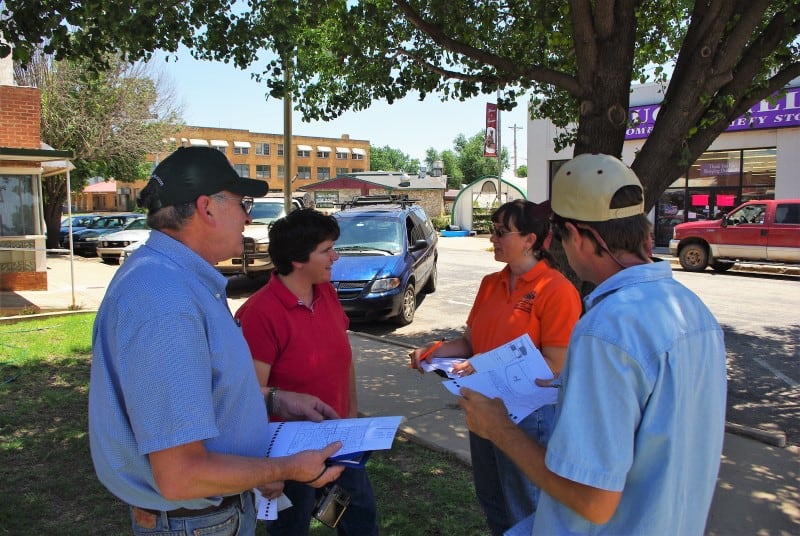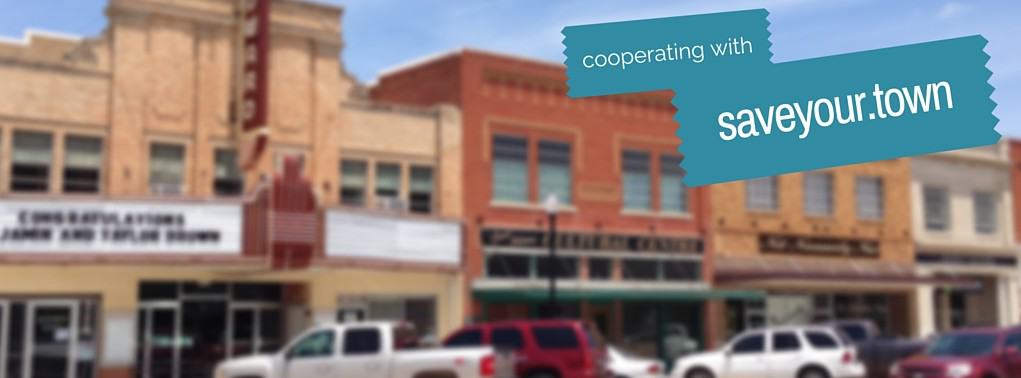
Photo by Laurie Reyes
Guest post by Paula Jensen
The Langford Area High School boys’ basketball team made it to the State B tournament for the fifth time in the past six years. As I travel across South Dakota for my job people ask me, “How can Langford (being such a small school) continue producing winning teams year-after-year?” My answer is always, the same – it’s because of the coaches. Successful coaches realize that winning teams are not run by one individual who dominates and reduces the rest of the group to mere followers. Winning teams are more like open forums in which everyone participates in the decision-making process, coaches and players alike, until the decision is made. Then, once a decision is made, the team is motivated to move ahead and execute it.
This winning team scenario had me thinking about the community engagement work I do with small towns in South Dakota. What would happen if our small-town leaders and residents started working together as a winning team, like our high school athletes and their coaches?
If we can envision the possibility of shaping our small towns into winning teams, then the first task for local leadership is to bring together groups of motivated people to make joint decisions and move grassroots ideas to action. Successful leaders, like winning coaches, recognize that they need to become more knowledgeable and competent in dealing with and developing local people and their ideas to create a dynamic small town. This team approach is a fundamental shift from the hierarchical leadership style we are accustomed to where the one person in charge provides instruction and the others in the group follow by doing the work.
Starting this process of building winning teams through community engagement can begin with local leaders inviting all residents to take part and volunteer their thoughts, impressions, and ideas. Effective community engagement requires 1) local leaders to be idea friendly, and 2) local residents to share ideas in a friendly way.
If you are a motivated resident with a great idea to implement, then here are a few pointers to help you prepare to share that idea in a friendly way:
- Start by finding a team of residents who support the creation of this idea;
- Brainstorm with the team a list of possible outcomes;
- Document the skill sets of each member of the team and assign roles;
- Identify any gaps that exist on the team and find outside resource partners;
- Determine what success will look like and how the team will measure that success;
- Consider any barriers to success or consequences if the team doesn’t meet their goals;
- Create a method of team communication that is direct, fact-based, and flows two ways;
- Ask the team what they heard so you can be sure everyone has shared agreement; and
- Lastly, present the idea in a friendly way by explaining the why (make them care), the what (impacts to the community), and the who (team and partners) rather than bounding in to tell the how.
I can’t speak to the secret ingredient of coaching a winning basketball team. But, I am certain it is similar to the secret ingredient of a winning community which is being committed to developing people. These thriving communities create a strong sense of belonging among their residents. They are friendly to new ideas. And, they develop their residents into future leaders that will carry the winning team approach forward. #Iamrural










